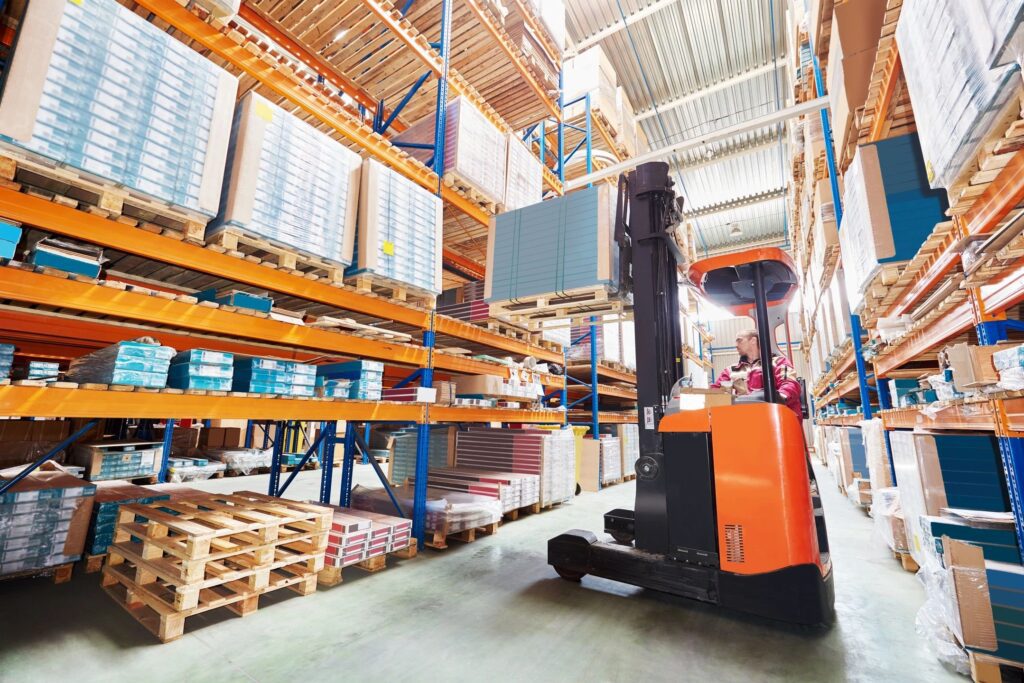Enhancing Warehouse Operations: 8 Strategies for Effective Problem-Solving and Efficiency

Warehouses ensure products move seamlessly from production to distribution and often serve as the heart of many industries. Despite their vital role, warehouses often encounter various challenges that can impede efficiency and productivity. From inventory management issues to logistical hurdles, these challenges require effective problem-solving strategies to overcome. In this post, we’ll discuss enhancing overall efficiency as well as some key strategies for addressing warehouse challenges.
1. Optimizing Workflow and Layout: The layout of a warehouse impacts its efficiency. Analyzing workflow patterns and optimizing the layout to minimize travel time and congestion can enhance productivity. This may involve implementing efficient picking routes, reorganizing storage areas, , and ensuring easy access to high-demand items.
2. Streamlining Inventory Management: Efficient inventory management is crucial for optimizing warehouse operations. Implementing robust inventory tracking systems, such as barcode or RFID technology, can help streamline the process by providing real-time visibility into stock levels and locations. Regular audits and cycle counts can also help identify discrepancies and prevent stockouts or overstock situations.
3. Adapting to Market Demands: Flexibility and adaptability are essential qualities for warehouses operations. By staying informed about market trends and customer demands, warehouses can proactively adjust their strategies and processes to meet evolving requirements. This may involve modifying inventory stocking strategies, expanding or contracting storage capacity, or reconfiguring workflows to accommodate shifting priorities.
4. Investing in Automation: Automation technologies, such as conveyor systems, automated guided vehicles (AGVs), and robotic pickers, can significantly improve efficiency by automating repetitive tasks and reducing manual labor. While the initial investment may be substantial, the long-term benefits in terms of productivity and accuracy can outweigh the costs.
5. Implementing Lean Principles: Applying lean principles, such as Just-in-Time (JIT) inventory management and continuous improvement, can help eliminate waste and optimize processes. By identifying and eliminating non-value-added activities, warehouses can reduce lead times, minimize excess inventory, and improve overall efficiency.
6. Utilizing Data Analytics: Leveraging data analytics tools can provide valuable insights into warehouse performance to help identify areas for optimization. By analyzing key metrics such as order inventory turnover, fulfillment rates, and picking accuracy, warehouses can make data-driven decisions to improve efficiency and address underlying issues.
7. Staff Training and Communication: Well-trained and informed staff are essential for smooth warehouse operations. Providing comprehensive training programs and clear communication channels ensures that employees understand their responsibilities. Regular feedback and performance evaluations can also identify areas for improvement and foster a culture of continuous learning.
8. Proactive Maintenance and Risk Management: Preventive maintenance of equipment and facilities minimizes downtime and ensures smooth operations. Implementing regular inspection schedules and addressing maintenance issues promptly can prevent costly breakdowns and disruptions. Additionally, implementing risk management protocols mitigates potential hazards and ensures a safe working environment.
Effective problem-solving is essential for optimizing warehouse operations and improving efficiency. By implementing these strategies, warehouses can overcome challenges and thrive in today’s competitive landscape. By continuously seeking opportunities for improvement and innovation, warehouses can remain agile and responsive to the evolving needs of the industry.


